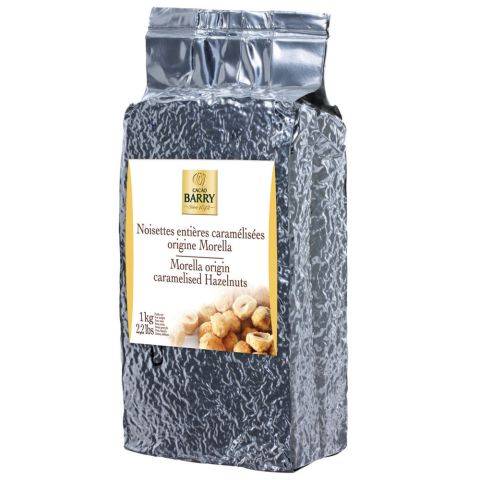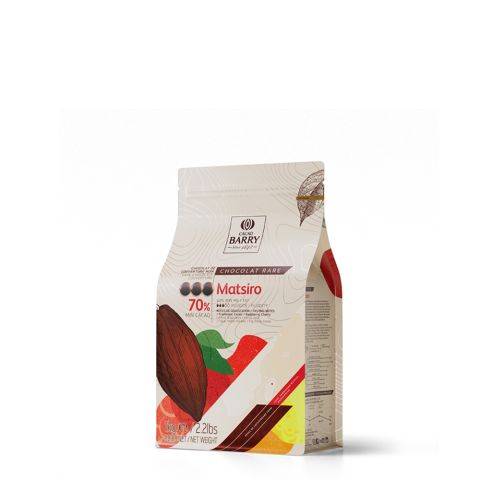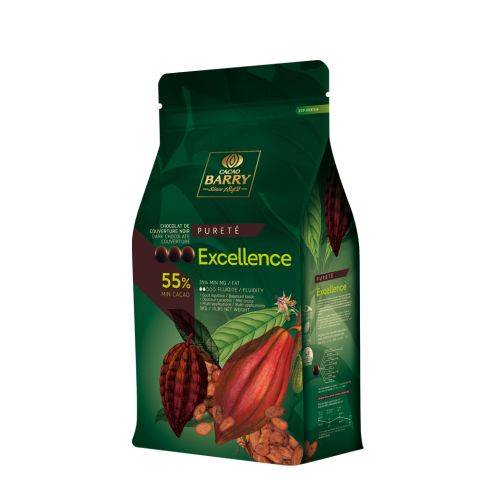Interview with Tiara Setiade, Plantation owner, Java, Indonesia

What is cocoa to you?
Cocoa is a business. It helps to provide jobs and livelyhood for a lot of people who lives in this location. We have been in the business of cocoa since the year 1976, that´s when my father start with the plantation of 900 hectares. He wanted to challenge me to start a different one on my own, that´s why we decided to start with this one. This plantation is about 1650 hectares and the other one is 900 hectares.
What is it like to manage a plantation this big?
Ok, for me it was a challenge. It´s not an easy job, it is not a job that anybody will do. I would not recommend anybody who is not serious in cocoa to actually do what I´ve done.
Why is cocoa so difficult to grow?
Cocoa is not difficult to grow, but cocoa is difficult to maintain. We like to say that cocoa is a baby that never grows old. When you are starting new, you don´t really see the disease and the pest coming on, but as more and more people are growing cocoa with different practises and different maintenance... that´s when the disease comes in.
How do you tackle the diseases?
We believe chemicals are only a short-term solution. Whith chemicals, you have to be sure that you completely exterminate the disease or the pest, because it could become immune and then you need a higher dosis or a new chemical. It is like antibiotics. So we decided that these chemical practises are not leading us anywhere and we decided on a new approach: a combination of chemical and natural killing of pests and diseases.
What's your biggest challenge?
Being sustainable in the long run. We can grow, we can improve the yield, but to be able to sustain this on the long run is not easy. Because as we know the productive life cycle of the cocoa plant is about 25 years to 30 years. But then if we chop it down and replace it with a new plant, we lose 3 to 6 years of income and that´s not good for business. You have to have a consistent cash flow coming in.
So, instead of chopping the trees down, you can actually do engineering on it. One of the possibilities is side grafting the tree: introducing a younger branch into the tree. The main idea is to improve the youth first and the bonus is the genetic side of it.
What can you recommend cocoa farmers in the future?
One of the thinks that I will have to suggest to the farmers is to not focus on yield only, because if you are going to yield you will have to give more input and most of the input comes in a chemical form, which may have a good or bad outcome. It is maybe good for a short time but for the long run it´s still a big question.
The practises that farmers are been doing today there are often wrong, but nobody is recognizing that they are wrong. We spray chemical pesticides, and some people say: that's ok, because we are killing the pest. Well, we can agree on that if the practice is correct, if the dosage is correct, if the active ingredient is correct. But today if you go and check the local farmers, they don´t really know the doses. It is written on the bottle, but the mentality of this farmers is very simple; they think that a bigger dosis is better for the plant.
Secondly, farmers can easily get help from the government, so they do not take their profession seriously. Maybe one farmer is doing well but the neighbouring farms are doing bad and they are loosing their time. This is difficult to control. The government has to make a regulation instead of enforcing more and more farmers growing cocoa. They need to select the good farmers and support them to grow cocoa instead of helping just anybody who grows cocoa. I think this is a big mistake.
What is the role of fermentation?
The purpose of fermentation is to get the aroma from the cocoa powder. If it is not fermented you will never get that good aroma. Why do some small farmers not ferment? There are business people who actually buy these beans from the farmers, encouraging the farmers not to ferment so that they can buy the beans at a cheaper prize. They then buy more expensive fermented beans, mix them with less expensive unfermented beans and then get a cheeper prize on the final product. It is simple: if the industry doesn´t demand unfermented beans, the farmers will ferment their beans.
Why trinitario?
Criollo has the aroma and the quality, but the yield is lower. On the other side of the spectrum is the forastero: not much aroma, but more resistant to diseases and with a higher yield. That´s why we grow trinitario: it has the aroma from the criollo and the high productivity yield from the forastero.
What is the biggest challenge when it comes to sustainability?
The problem actually starts from the soil. It is not the crop, it is not the practises, it is more the soil, because this is where the plants get the nutrients to grow. If that soil has been depleted of the microelements and of all the natural habitats, the insects that live there, then that soil will not be able to retain water, will not be able to make the plant absorb the nutrients properly. So, that´s one of the issue the world of cocoa have today: nobody is looking at the soil and there are not many studies done. If you look the research institute, nobody is doing soil research!
If you go all over Indonesia and maybe even all over the world, you will see that because of the improper use of pesticides and chemical fertilizers, the soil becomes a cement bloc and it cannot retain water anymore. The soil need roots to breath and to absorb the nutrients. So, my suggestion is; focus first on the soil. That it is also why we are doing warm culture, and put microbes into the soil: to improve and retain the condition of the soil just like in the jungle. We want to bring it back to that stage. Only then it will become sustainable.
How to grow a good plantation?
They have to treat the soil, right from the beginning. It's like when you grow fish: one of the first things you have to take care of is the water. But most people don’t care of the soil when they’re growing plants. When they grow fish they know how to take care of the water because they can see inside the water... But they cannot see what's underneath the soil. Or most people don´t want to see, that´s different.
What is special about Java Origin?
For us in this area temperatures range between 19 º and 34º. Rain is about 2000 mm/years, and can go to 2800 mm/year. For the terrain in most of Java because of the volcanos around, most of the soil is volcanic soil. It is a good terrain for growing anything, any crops, not just cocoa.
Do you want to share your personal experience with cocoa?
I can tell you it is a lot of work. I can see why my father had to put in so much effort, so much time into this when he started. Because it’s not something that you grow it and it will grow by itself. You have to continuously maintain the cocoa.







Comments